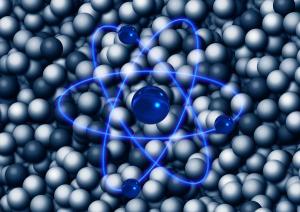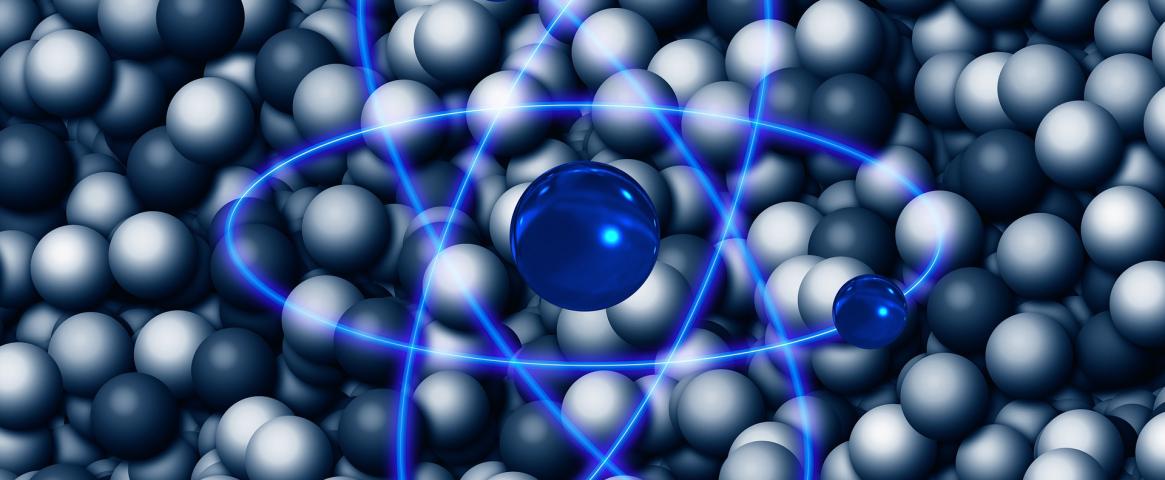By Autumn Brower

"Molecules are amazing because you can actually come up with a question and put every atom exactly where you want it to answer that question," synthetic chemist Danna Freedman of Northwestern University said February 8 during a virtual panel about designer molecules at the annual meeting of the American Association for the Advancement of Science.
Freedman is working on ways to engineer synthetic molecules so that their electrons could function as qubits, the basic units of information in quantum computing. Qubits are similar to the bits in a standard computer, except unlike regular bits that represent either a one or a zero, qubits can exist in two fundamental states at the same time. As a result, they have an enormous amount more processing power than ordinary computer bits. Freedman hopes to take advantage of a property of electrons known as “spin” that allows them to be in two different states at the same time, making them promising candidates for qubits.
Physicist Nick Hutzler of Caltech also hopes to capitalize on the ability to design synthetic molecules with precise properties in order to tackle one of the most vexing unanswered questions in physics: What happened to all the antimatter? Physicists believe equal amounts of matter and antimatter were created in the Big Bang: For every particle of matter such as electrons, protons, and neutrons, there would have been a nearly identical particle of antimatter with the same mass but the opposite charge. But try as they might, scientists have not found stable antimatter anywhere in the universe.
“Not only are all large-scale structures like galaxies and planets and stars made of matter, but there is not even any antimatter dust or crumbs or specks anywhere in the universe,” Hutzler said at the conference. “That's a problem because all known physical laws treat them equally.”
Scientists have been able to create short-lived bits of antimatter by smashing particles together at extremely high speeds in giant particle accelerators such as the Large Hadron Collider near Geneva, Switzerland. But taking detailed measurements of the antimatter in that high-energy environment is very challenging. Instead, Hutzler and his team want to custom engineer a Ytterbium molecule that can act as a miniature antimatter detector.
Physicists think that some unknown process in the early universe may have modified the way matter interacts with electromagnetic fields, giving it an advantage over antimatter. Hutzler’s team aims to detect a distinct signature of this mystery process by exposing the basic building blocks of matter within a molecule — protons, neutrons and electrons — to an electric field and taking very precise measurements of their reaction to the field. Slight deviations from how theoretical physics predicts the matter should behave could be telltale signs of the process that led to antimatter’s disappearance.
“In other words, this physics which is responsible for these cosmological, Big-Bang effects would also show up as little, tiny modifications of low-energy physics that we can probe on a tabletop,” Hutzler said in an interview. “And the fact that these experiments are very small scale and very inexpensive makes them very attractive.”
Hutzler’s research using designer molecules is well underway, but scientists in other fields are only just becoming aware of the possibilities. Molecules can be like a blank canvas for experiments in a wide range of fields such as information systems, quantum chemistry, astrophysics and neural engineering.
“I think in the next few years,” Hutzler says, “a lot of really interesting directions will be taken."
Autumn Brower will graduate with her MS in Scientific and Technical Communication from the University of Minnesota-Twin Cities in August 2021. She is working as a science writer in the public relations office of the College of Science and Engineering at her university this summer and will begin her graduate coursework in Biomedical Engineering this fall. Autumn can be reached at ajbrower8@gmail.com.
This story was edited by NASW member Betsy Mason, who served as Brower's mentor during the NASW-AAAS Spring Virtual Mentoring Program.


